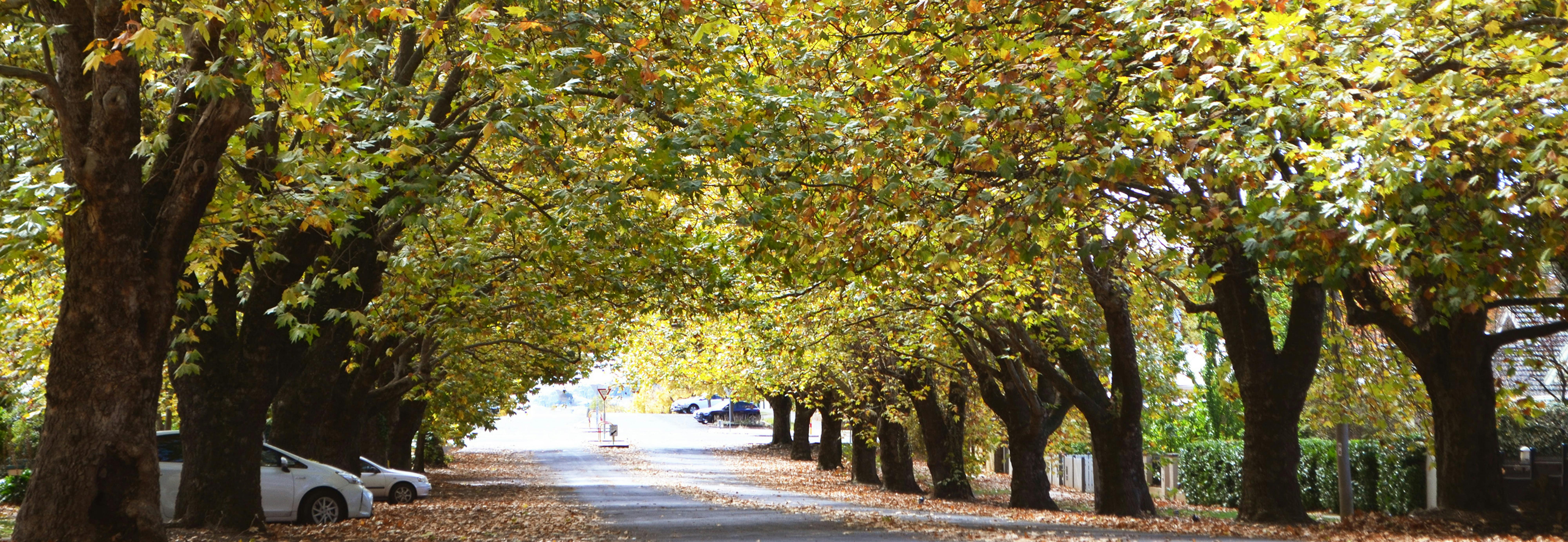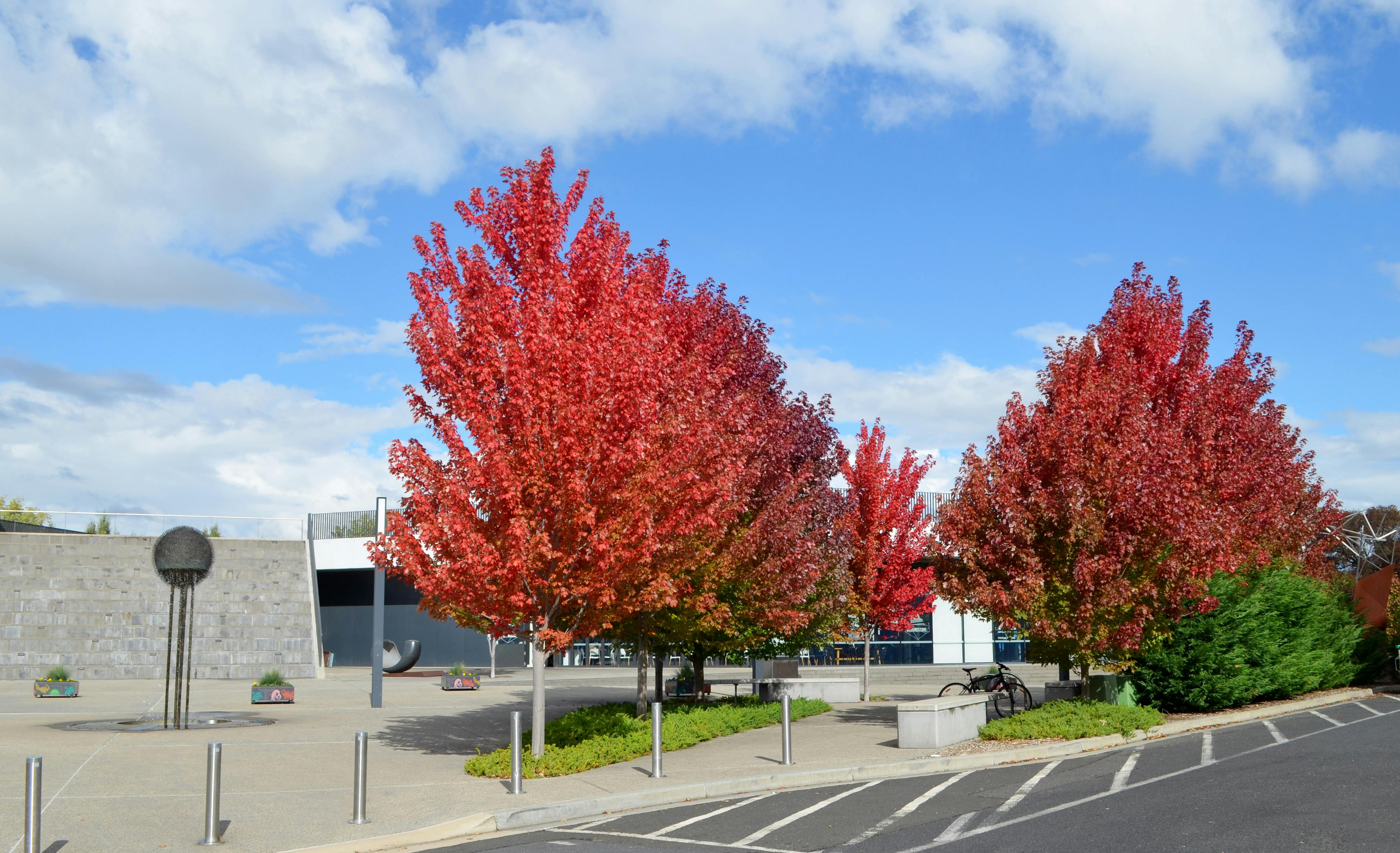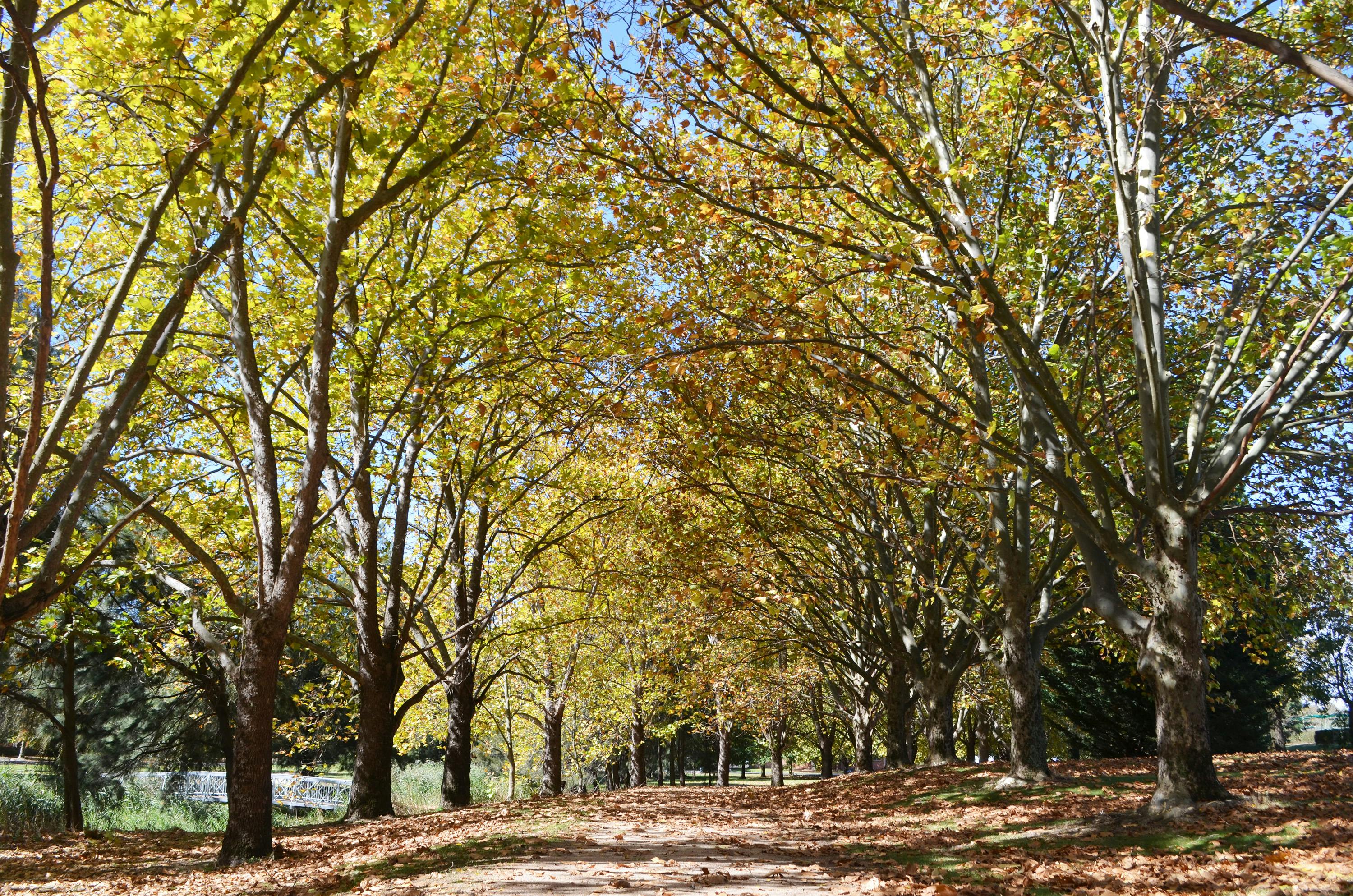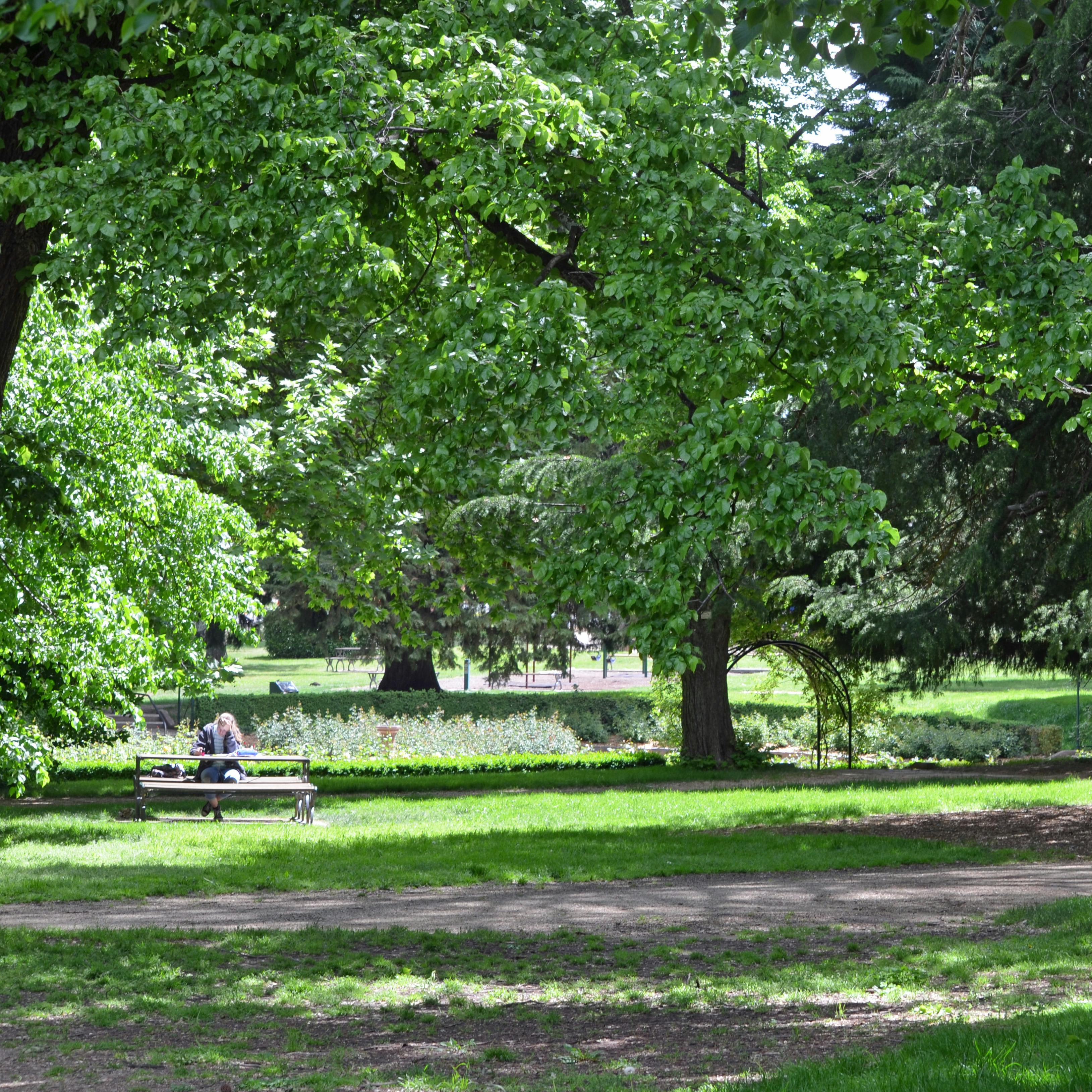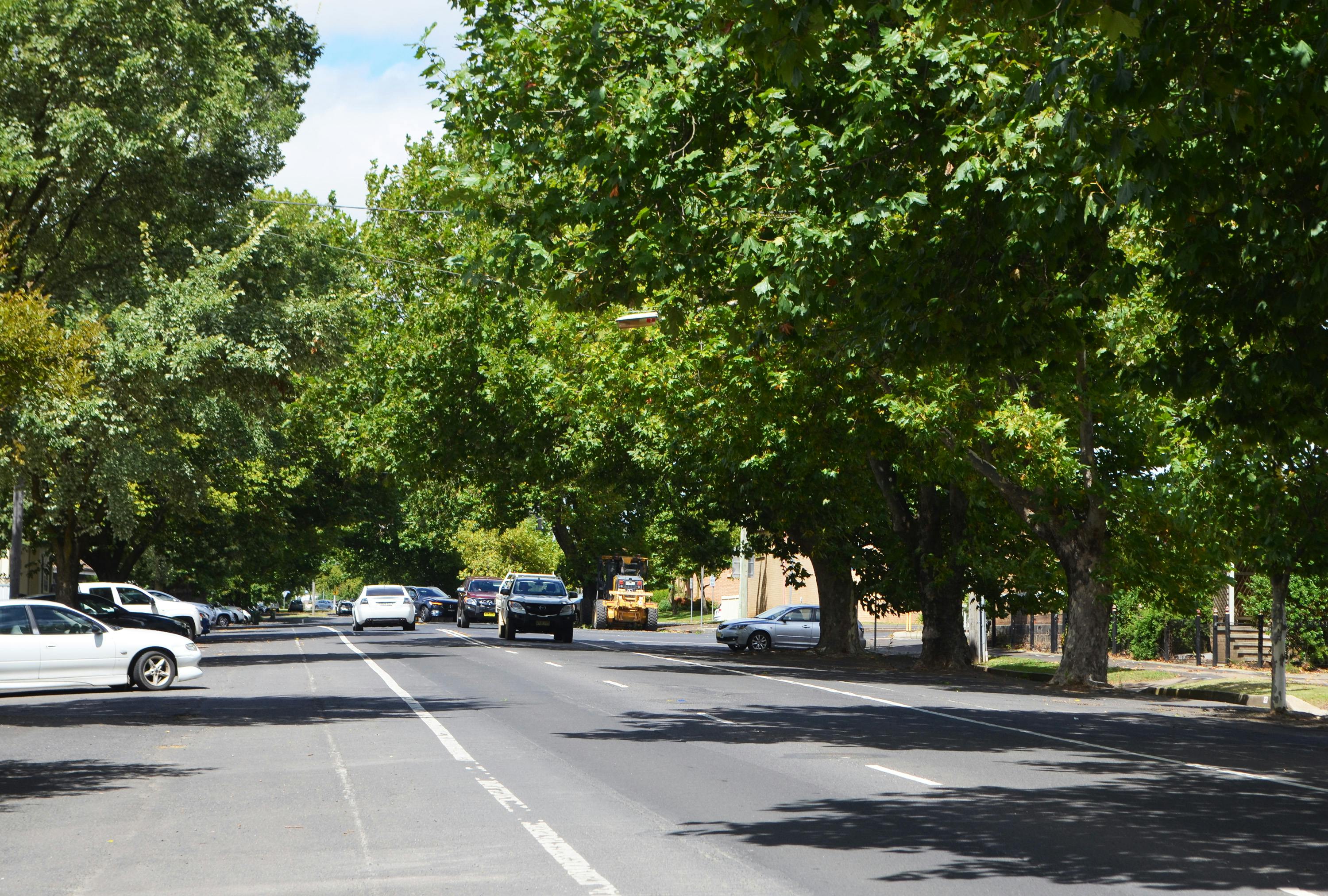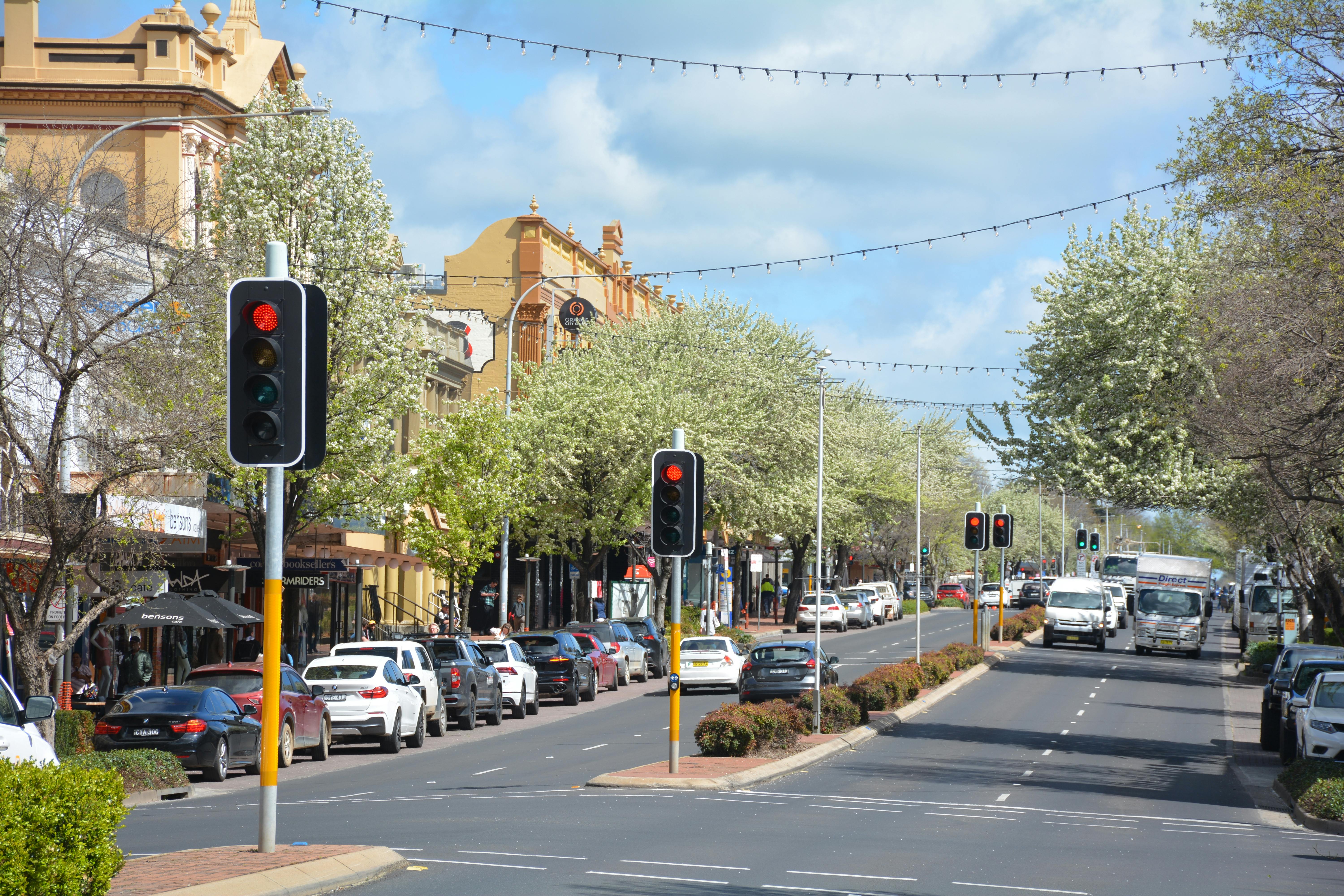Orange Urban Forest Strategy
Consultation has concluded

Affectionately known as the Colour City, Orange is renowned for its picturesque scenery and distinct landscapes, from its leafy tree-lined streets to its established parks, open spaces and natural environment.
The sum of all these parts (the trees, shrubs, plants, grasses and green spaces) makes up Orange’s ‘Urban Forest’.
It is this landscape that plays a significant role in people’s decisions to live in the Orange region, travel and do business here.
Council’s Parks, Trees and Waterways Community Committee acknowledges there is growing community understanding of the importance of trees, the natural environment and open space in the environmental, economic, cultural, physical and mental wellbeing of the community.
In 2012 Council adopted a Street Tree Master Plan and in 2022 it commissioned a study to determine the extent of tree cover over the region. Spatial mapping was used to identify significant gaps in the tree canopy and this information was compared with thermal imaging to demonstrate the link between urban tree cover and lower ground surface temperatures.
The Orange urban area had an overall canopy coverage of 17.3 per cent, Lucknow village 7 per cent and Spring Hill village 4.9 per cent.
Now that Council has this information, we want to expand the Street Tree Master Plan into an Urban Forest Strategy to detail how we should best protect our existing trees and plants and determine where to prioritise the planting of new plants and trees for the greatest benefits.
Council has engaged consultants Active Green Services to develop the Urban Forest Strategy for the Orange local government area.
The strategy will include:
- Green leafy streets
- Shortfalls and opportunities to enhance the streetscape, considering the urban heat island effect and the effects of climate change
- Biodiversity and creating habitat for wildlife
- Reducing air pollution
- Carbon storage
- Tree-filled parks and open spaces
- Council's tree preservation policy
- Consultation with First Nations community members
- Wildlife corridor enhancement and linkages
- Tree selection of both native and exotic species that is suitable for the current and future climate of the Central Tablelands
- Water Sensitive Urban Design
To make sure we get it right, we are asking the Orange community to help shape the strategy’s vision, objectives, strategies and actions. We want to know what you value the most about our Urban Forest and where we should focus our efforts in the development of this strategy.
Please complete the short survey or provide any ideas you may have on the virtual ‘ideas board’ below. You can also like and comment on other people's ideas. The feedback we receive will contribute to the development of a draft strategy, which will be considered by a Council meeting later in the year.
If you would like to talk about the Urban Forest Strategy in person, two face-to-face sessions will be held at the Clover Hill Centre at the Orange Botanic Gardens on Wednesday 31 May.
Representatives from Active Green Services, Councillors and Council staff will be discussing the plan from 10am to noon, and again from 5.30pm to 7pm.

